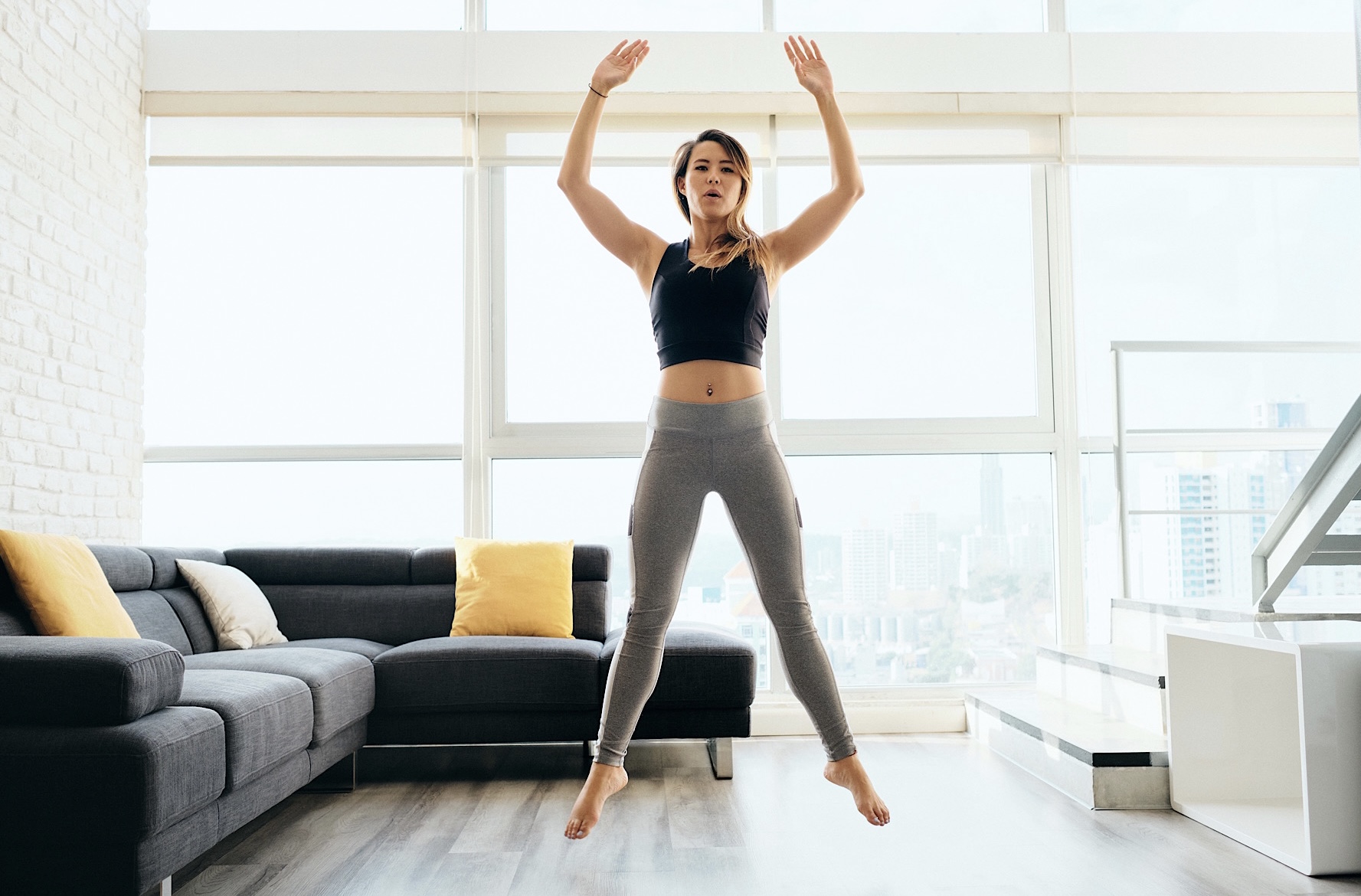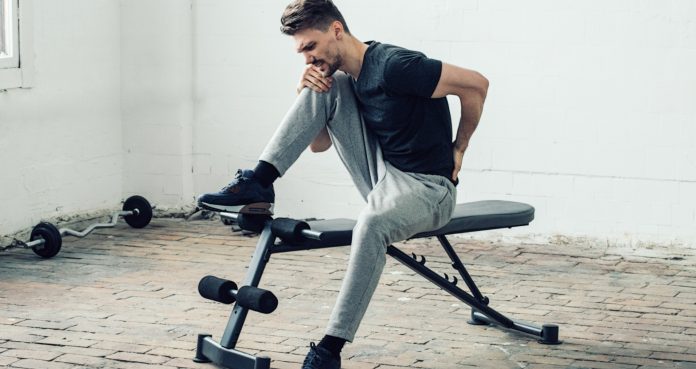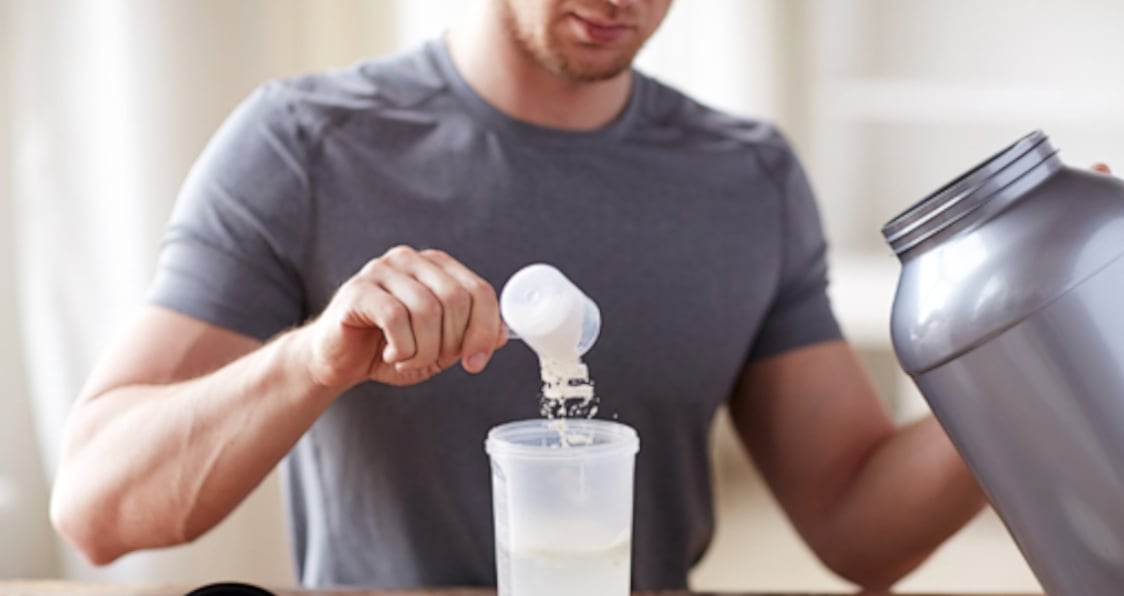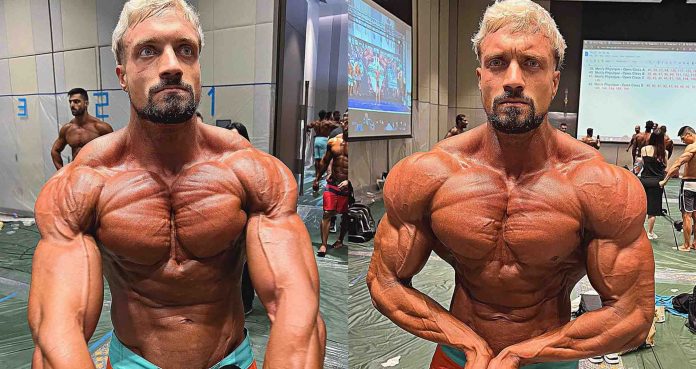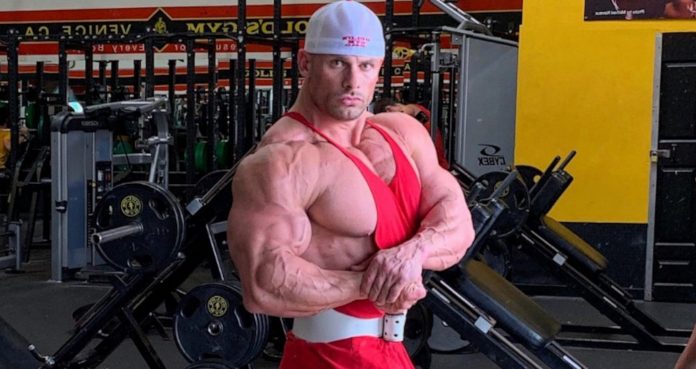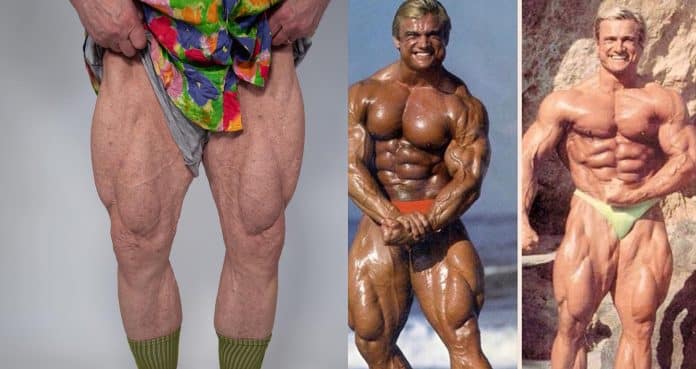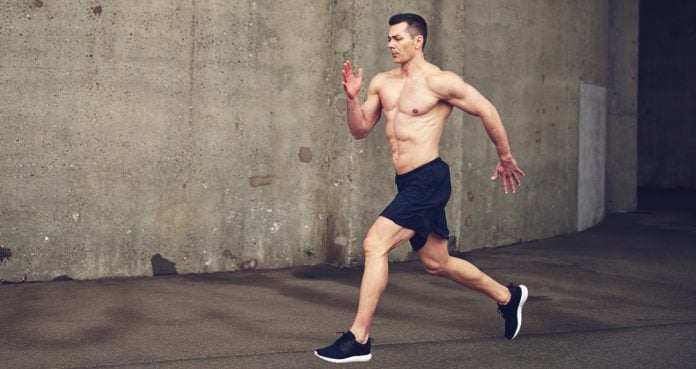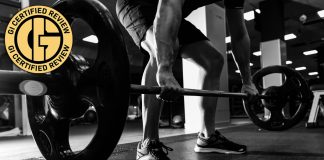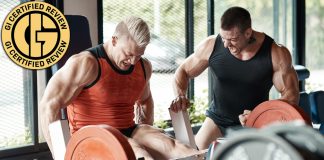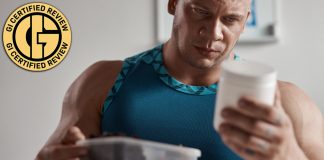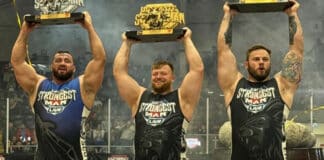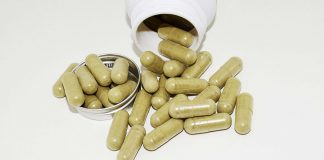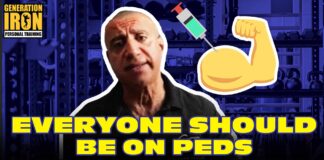Pause squats are great for developing more explosive power and increase that quad strength beyond belief.
Squats are a great way to tackle any and all strength goals and pause squats are that extra boost to help get you there. By working on the pause at the bottom, you really work on muscle growth and the ability to stay poised under so much weight. When it comes to building up that leg strength, any and all needs regarding power and explosivity can be taken care of and you will greatly benefit from pause squats.
Squats on the whole will boost not only leg strength, but also aid in any power and explosivity for sport specific and functional movements. While also enhancing balance and stability, you will feel more grounded for whatever big lift comes your way. Pause squats should absolutely be in your routine and you will benefit greatly from strategically placing these somewhere in your training plan.
Let’s take a look at pause squats and see what these can do for all of our gains. From what they are, to muscles worked, and the many benefits, we’ll also show you how to do them effectively to maximize all of your gains.
What Are Pause Squats?
Pause squats are very similar to the traditional squat except that a pause at the bottom, usually around 2 seconds, makes this squat unique. The pause will really emphasize your quads and make you think about keeping your body as engaged as possible for proper form and injury prevention. Once at the bottom, it is important to drive straight up to maximize power as much as possible. A great variation of the traditional squat, pause squats can transform any workout.
Muscles Worked
Pause squats will work a number of muscles with direct similarities to the back squat. For you lower body muscles, your quads, glutes, hamstrings, adductors, and calves all see work as these will help not only move the weight, but provide for better balance and stability as well. Your lats will see some work done as well as your core, which is vital for extra stability and preventing your body from any injury that may occur. Pause squats really put an emphasis on the quads as these are required for really pushing that weight up.
Benefits Of Pause Squats
For pause squats, pushing that weight and really emphasizing the pause portion will prove to have great benefits to your gains and strength training goals. Whether these be physical or mental benefits, pause squats can help you tackle any and all of your lifting wants and needs.
Benefits include:
- Increased hypertrophy: With increased time under tension and a real strain under the bar, your muscles will have no choice but to grow for better time under tension (1).
- Use better form: These can promote better form and allow you to focus heavily on the proper technique.
- Get stronger at the bottom: By pausing at the bottom, you will increase your strength and balance even under so much weight.
- Less knee pain: Less touch and go reps and more time under control will limit the amount of knee pain you suffer from pause squats.
- Better mental toughness: By loading the bar with so much weight and having to pause under that weight, you will strengthen your mental toughness to push past anything.
- Nice variation: Pause squats offer a nice variation to change up your routine and give your squats a different perspective.
How To Perform Them
Here are the steps for performing pause squats. While they are very similar to traditional squats, the real difference is the pause at the bottom.
- Set yourself under the bar with your feet around shoulder-width apart and rest the bar on your shoulder blades.
- When ready, engage your core and gently lower into a squat position, keeping your back neutral and body fully braced.
- Once at the bottom, hold a pause for around 2 seconds. Keeping your core engaged here is imperative as you seek the most out of your balance.
- In a controlled movement, drive towards the top to complete the squat.
- Repeat for your desired number of reps.
Bodybuilding Supplements For Huge Gains
For great exercises like pause squats, having a solid supplement behind you is imperative. Whether that be a pre-workout to boost energy and gains or a fat burner to shed that unwanted stubborn belly fat, you’re body composition and muscle mass will change. Something like a good multivitamin can boost your overall health and wellness by pumping you with the essential nutrients, vitamins and minerals. But a protein powder is exactly what you need after pause squats to see that desired growth and recovery occur.
Transparent Labs ProteinSeries 100% Grass-Fed Whey Protein Isolate
Transparent Labs 100% Grass-Fed Whey Protein Isolate is organic, non-GMO, and gluten-free, boasting a great formula for a top protein powder. With nothing artificial added, this is a clean protein that is easier on your stomach.
Transparent Labs 100% Grass-Fed Whey boasts an impressive array of eco-friendly accomplishments. It’s organic, non-GMO, and gluten-free. There are no artificial sweeteners — a rarity in a world full of whey protein powder, which are almost always filled with chemical flavorings to disguise the chalkiness of protein. There are also no artificial colorings or preservatives added. If you have a sensitive stomach, allergies, or just care about the environment, this is an excellent choice for you and your body weight goals and is easy to digest compared to a whey concentrate.
Price: $59.00
Use the promo code GENIRON10 for 10% off! Check out our individual review for Transparent Labs 100% Grass-Fed Whey Protein Isolate here!
Check out our list of the Best Protein Powders for more great protein supplements!
Wrap Up
Squats are essential to have in your training routine and pause squats are exactly what you need to thrive inside and out of the gym. By focusing on strength and allowing you to become more comfortable with so much weight under you, pause squats will improve your confidence and give you a nice variation to try. You won’t be disappointed by the results when you put your mind and body through pause squats and these will be effective for any sport specific or functional needs.
Let us know what you think in the comments below. Also, be sure to follow Generation Iron on Facebook, Twitter, and Instagram.
*Images courtesy of Envato
References
- Gullett, Jonathan C.; Tillman, Mark D.; Gutierrez, Gregory M.; Chow, John W. (2009). “A Biomechanical Comparison of Back and Front Squats in Healthy Trained Individuals”. (source)
- Comfort, Paul; Kasim, Peter (2007). “Optimizing Squat Technique”. (source)
- Chandler, T. J.; Wilson, G. D.; Stone, M. H. (1989). “The effect of the squat exercise on knee stability”. (source)
- Pasiakos, Stefan M.; McLellan, Tom M.; Lieberman, Harris R. (2015). “The effects of protein supplements on muscle mass, strength, and aerobic and anaerobic power in healthy adults: a systematic review”. (source)


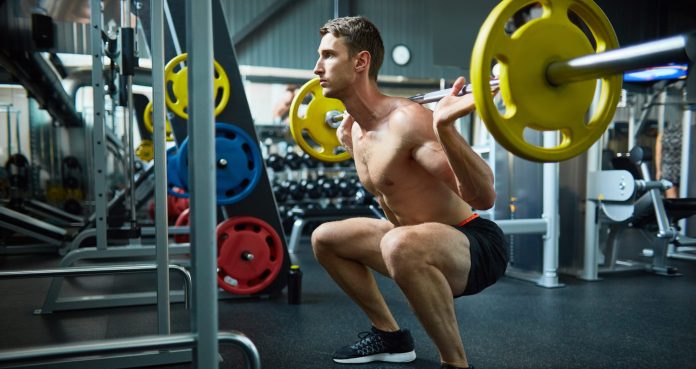

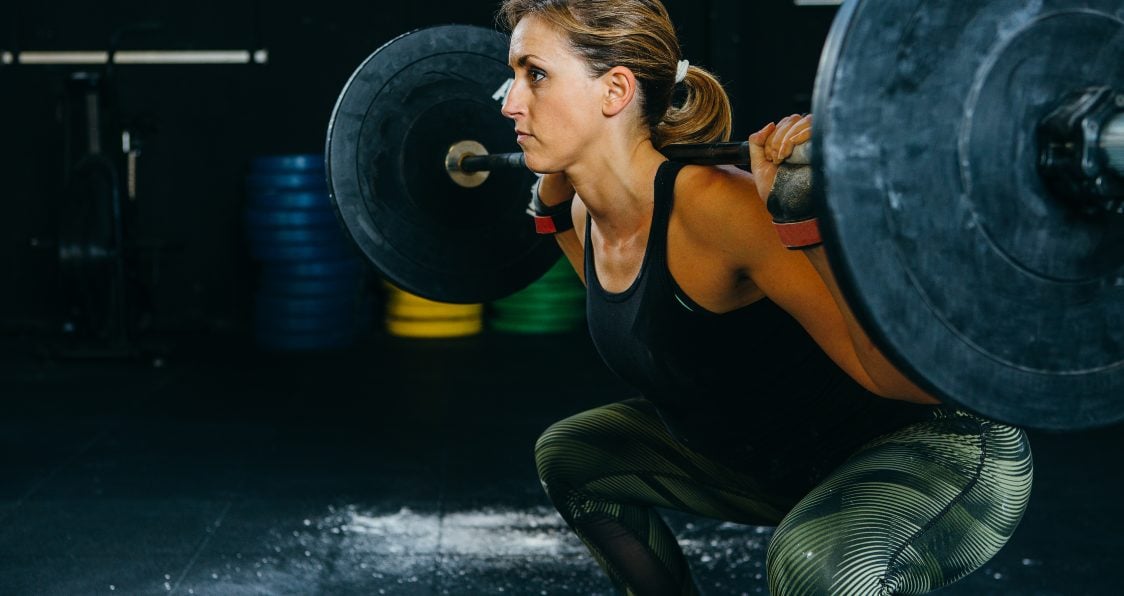
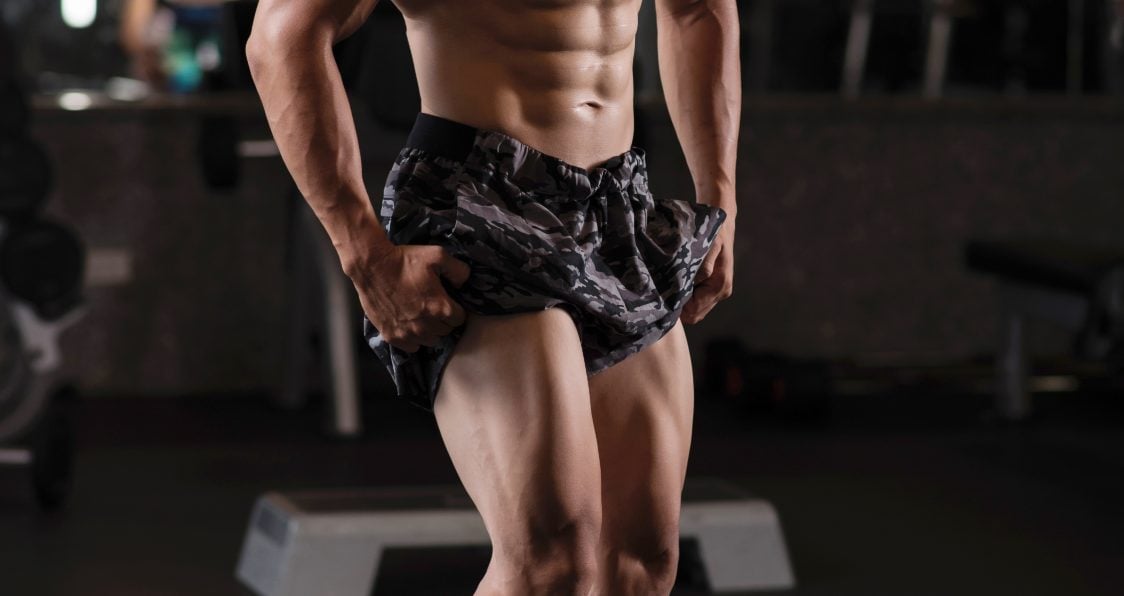
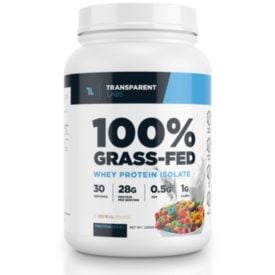
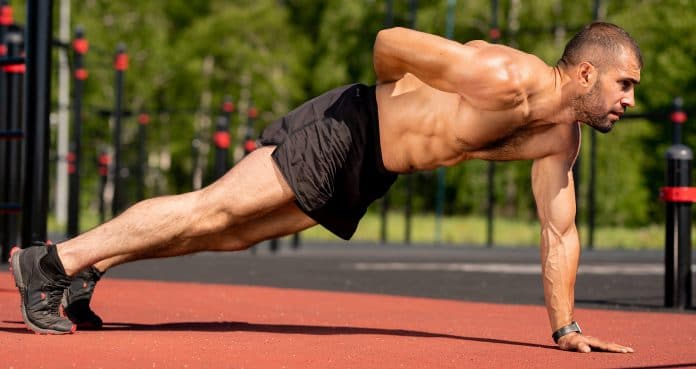
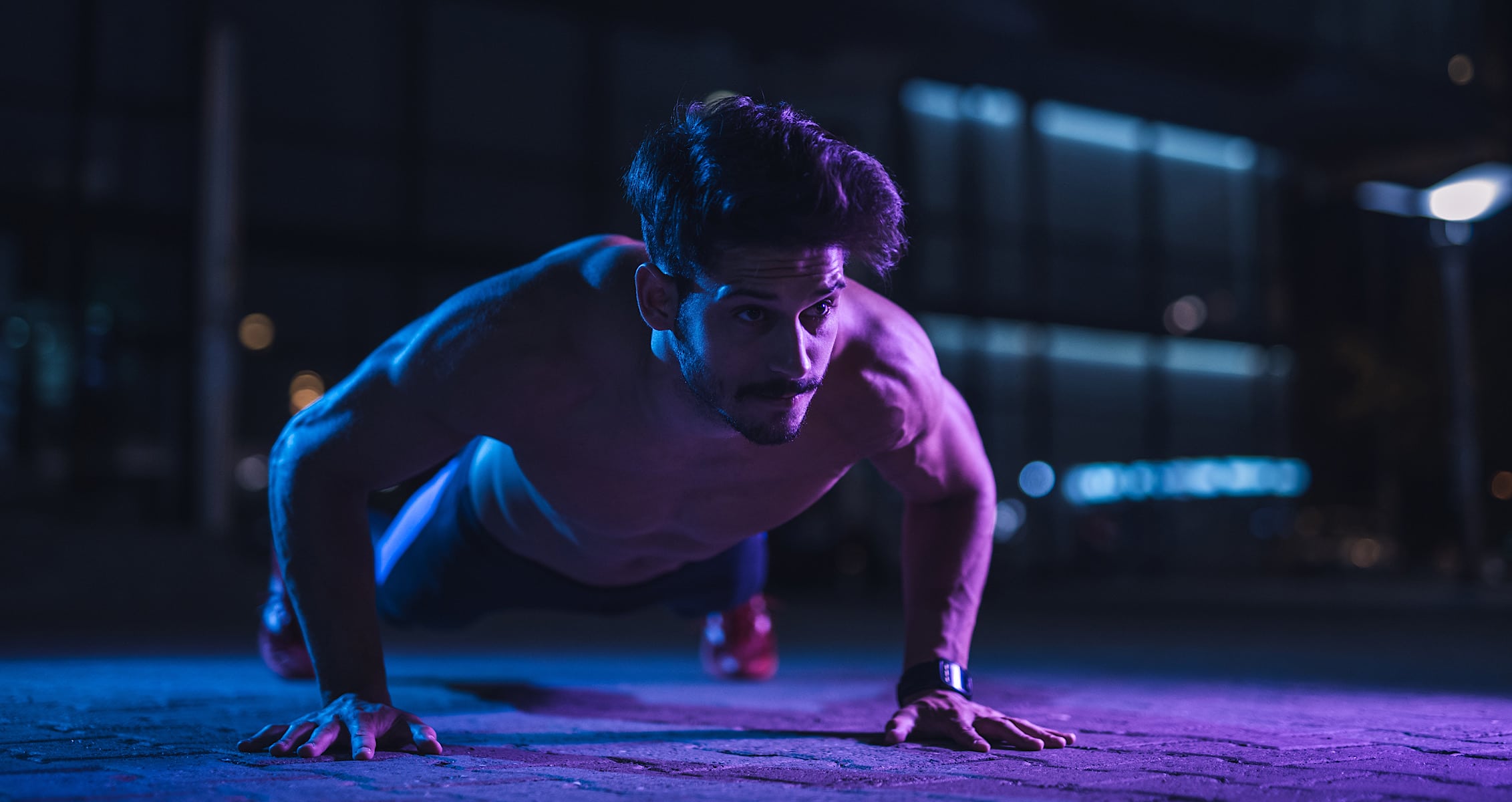
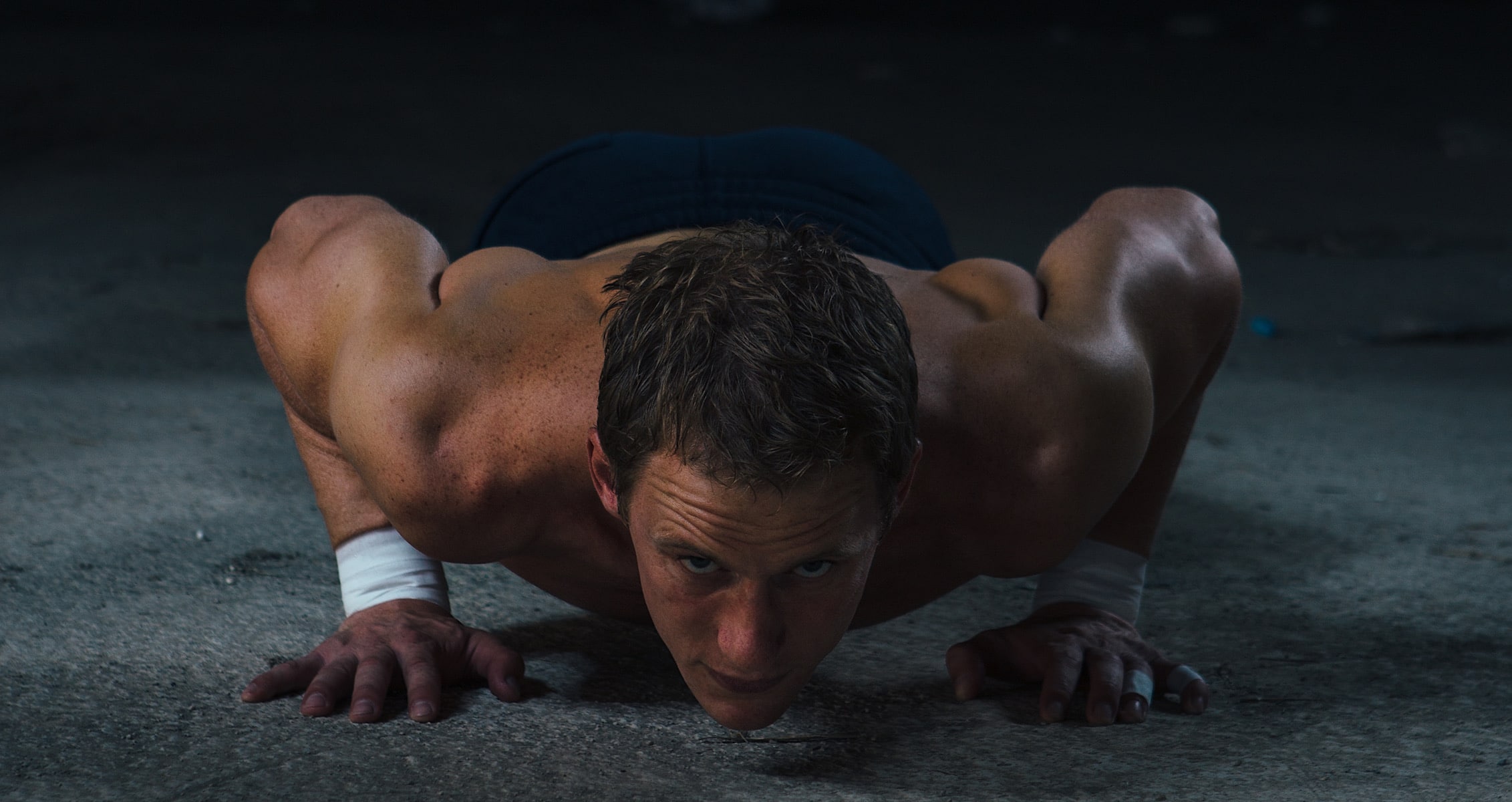
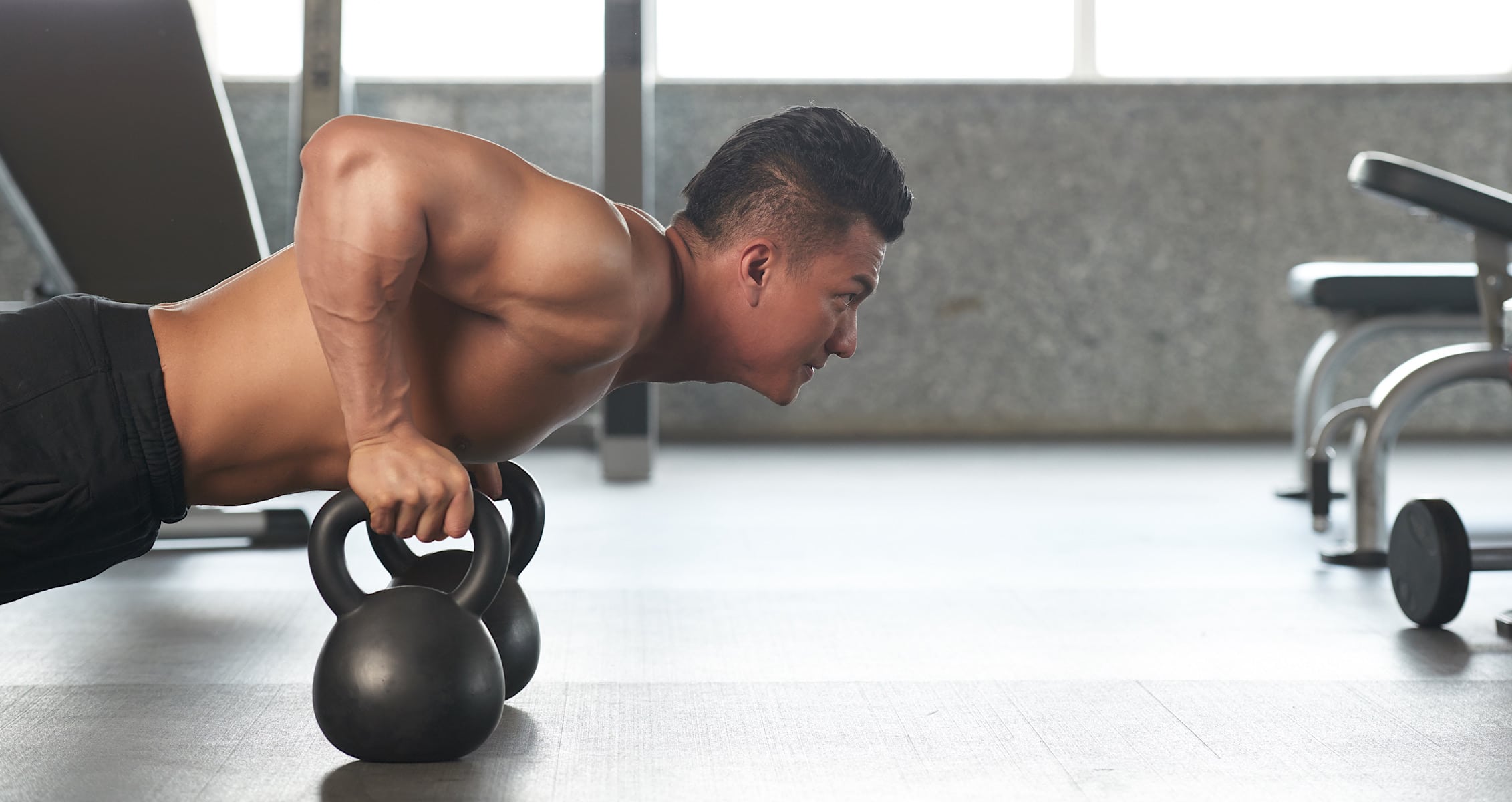

 Glute Bridge
Glute Bridge
